GOGHI (고희)
3.3 Km 51 2021-03-26
17, Jahamun-ro 12-gil, Jongno-gu, Seoul
+82-2-734-4907
A good café to have a meal as it has a brunch menu as well as drinks. This cafe is located in Jongno-gu, Seoul. The representative menu is americano.
Skinanniversary Beauty Town (스킨애니버셔리 뷰티타운)
3.3 Km 1642 2020-03-31
508-1, Munbal-ri, Gyoha-eup, Paju-si, Gyeonggi-do
+82-2-760-1472
SkinAnniversary Beauty Town (ville de beauté) est un complexe de beauté offrant aux visiteurs une chance d’expérimenter les différentes facettes de la culture de la beauté coréenne. C’est le complexe de beauté le plus grand au monde bénéficiant d’une superficie impressionnante de 15km ² et une capacité de 2 000 clients. Les clients peuvent prendre part à de nombreuses activités de soin de beauté à des prix abordables incluant des traitements coréens de la peau et du maquillage de style Hallyu. Il y a également une galerie d’art pour faire le plein d’astuces, une zone photo et un restaurant de style buffet rempli de nourriture bonne pour la peau.
Seoul Munmyo (Sungkyunkwan) (서울 문묘 및 성균관)
3.3 Km 5060 2020-04-28
53, Myeongnyundong3-ga, Jongno-gu, Seoul-si
+82-2-760-1472
Munmyo est un sanctuaire dédié à Confucius, dont les leçons ont formé du confucianisme. Il est également dédié à ses disciples et au autres savants confucéens. Munmyo est non seulement un sanctuaire mais c’est également la plus grande institution éducative de la dynastie Joseon. Munmyo était autrefois appelé Munseonwangmyo depuis la dynastie Tang, Confucius a été nommé « roi Munseon » après sa mort et ensuite le temple a été appelé Munmyo à partir de la dynastie Yuan.
Le terrain est composé de deux espaces principaux : les tombeaux Daeseongjeon et le Myeongryundang est composé de salles de séminaires et d’autres équipements auxiliaires. De plus, il y a deux dortoirs, Dongjae et Seojae, qui sont communément connu sous le nom de Sungkyunkwan. En face de Myeongryundang se dresse un arbre ginko désigné monument naturel No. 59. Au printemps et en automne a lieu un rituel pour Confucius et ses disciples.
Promenade au clair de lune au palais Changdeokgung (창덕궁 달빛기행)
3.3 Km 5712 2023-08-02
99, Yulgok-ro, Jongno-gu, Seoul
• Centre d'appels 1330 : +82-2-1330 (coréen, anglais, japonais, chinois) • Pour obtenir plus d'info : +82-2-2270-1233 / 1238
Nous vous invitons à la Promenade au clair de lune au palais
Changdeokgung qui a lieu tous les ans d'avril à octobre.
Ce programme vous permet d'en apprendre plus sur l'histoire ancienne de la Corée ainsi que la
culture traditionnelle du pays.
Ce programme de visite nocturne vous permet également de profiter de concerts traditionnels tout en dégustant des petits encas typiques de Corée.
Construit à l’origine pour servir de villa royale, le palais
Changdeokgung est devenu le centre du gouvernement durant la dynastie Joseon après que le palais principal
Gyeongbokgung ait été brûlé durant l’invation japonaise au XVIème siècle. En plus de son importance politique, le palais est renommé pour son esthétique et son architecture, étant aménagé au sein d’un magnifique paysage naturel. En 1997, l’UNESCO a inscrit le palais Changdeokgung sur la liste du patrimoine culturel.
Dans le cadre du projet Création des Palais Vivants, le circuit au clair de lune du palais Changdeokgung offre une occasion unique de contempler et faire l’expérience de la beauté du palais.
NUHADANG [Korea Quality] / 누하당 [한국관광 품질인증]
3.3 Km 4321 2020-09-10
49-7, Pirundae-ro, Jongno-gu, Seoul
010-9692-1330
Guesthouse Nuha is a ‘hanok’ or traditional Korean house consisting of four guestrooms located in Nuha-dong, Seochon (west of Gyeongbokgung Palace, Jongno, Seoul) where many Confucian scholars and artists lived during the Joseon Dynasty.
Exuding a refined atmosphere, Guesthouse Nuha is very popular among not only domestic visitors but also foreign tourists who want to experience the flavor of Korea in a cozy hanok. All four guestrooms (An-bang, Sarang-bang, Geul-bang, and Byeol-dang) are covered with eco-friendly hanji (traditional Korean paper handmade from mulberry tree) wallpaper, and are equipped with a thick cotton-wool comforter and pillows imbued with the scent of Hinoki cypress tree to help guests relieve their fatigue.
Breakfast is served free of charge. Guests can also experience traditional Korean culture here, such as playing a Korean musical instrument (janggu or double-headed drum), playing a game of yut in the yard, or wearing hanbok (traditional Korean clothes). Although a local bus service passes through the village, it is highly recommended to take a quiet leisurely around the area.
Hanboknam (한복남)
3.3 Km 22081 2021-01-19
17, Bukchon-ro 5ga-gil, Jongno-gu, Seoul
+82-10-6485-8507
Hanboknam, terme signifiant littéralement 'un homme vêtu du hanbok', est un centre sélectionné par le Ministière de la Culture comme entreprise créative (2015) qui s'est installé à Séoul en 2016 (auparavant à Jeonju). Ce centre propose des services de prêt ainsi que des expositions autour du hanbok, le vêtement traditionnel coréen.
On trouve de nombreux types de hanbok disponibles dans ce centre répondant à différentes thématiques. Les employés du centre peuvent vous fournir de l'aide pour choisir les accessoires du hanbok. Les services de prêt sont répartis selon différents espaces horaires (1h, 2h etc).
PungGyeong [Korea Quality] / 풍경 [한국관광 품질인증]
3.3 Km 2690 2021-04-01
32-6, Seonggyungwan-ro, Jongno-gu, Seoul
+82-10-7103-6993
The hanok guesthouse Punggyeong was opened in spring 2016. With a stylish green pine tree exterior mural painting, the hanok building welcomes guests with a cozy yard. The low wooden bench and chair are there to provide relaxation for guests. The guesthouse has Korean-style rooms and two rooms with bed. The kitchen is furnished with a dining table with chairs for those who are not familiar with the Korean-style room. It serves Korean-style breakfast and traditional Korean tea. Usually, the staff leaves the guesthouse at night. Guests who rent the entire guesthouse can spend some quality time with friends or family.
Hanok Guesthouse Dongchonchae [Korea Quality] / 한옥 게스트하우스 동촌재 [한국관광 품질인증/Korea Quality]
3.3 Km 2 2021-03-26
21-10, Jahamun-ro 11-gil, Jongno-gu, Seoul
Built in 1939, Dongchonchae was designated as Seoul Well Hanok by the Seoul Metropolitan City in 2016. In 2020, this hanok (traditional Korean house) received the Certificate of KOREA QUALITY from the Korea Tourism Organization in the Heritage Hanok field in recognition of its historicity and quality of services. Dongchonjae is located in the western side of Gyeongbokgung Palace, at Seochon. When one passes through its main gate, one sees the yard, with anchae (women's quarters), sarangchae (men's quarters), and byeolchae (detached quarters) surrounding the plot. Anchae has four rooms, daecheong (wood-floored main hall), a kitchen, and a restroom. One of the rooms is used for tea ceremonies as well. Outside of the sarangchae and byeolchae, which are the living spaces for the owners, visitors have free access to the numaru (raised open floor) and the yard. The anchae’s rooms “Bom” and “Yeoreum” can accommodate 2 to 3 adults each, while the rooms “Gaeul” (Tea Room) and “Gyeoul” are optimal for two. The building is rented out as a whole, so no more than one group may stay in the building at any given time. Standard occupancy is four persons, and eight is the maximum number. There are two restrooms, one within the anchae building, one out in the backyard.
Cooking is not allowed in the kitchen, but guests are free to bring in outside food. Experience programs on offer include nighttime exploration of Seoul City Wall, tea ceremony, folk songs, and rice cake making. Additional payment is only required for rice cake making. Guests may choose between two types of complimentary breakfast: Korean, which comes with rice, soup, and three side dishes; and Western, which comes with bread, salad, and coffee. There are a 100-in screen and mini projector for film watching in the yard or daecheong. Towels, toiletries, hair dryer, bottled water, traditional tea, and capsule coffee are included. The kitchen is equipped with kitchen utensils, a microwave, and a coffee pot, enough for instant foods. Guests also have access to refrigerator and washing machine
Village Seochon (서촌마을)
3.3 Km 2687 2021-07-14
45, Pirundae-ro, Jongno-gu, Seoul
Le village Seochon se situe à l'est du palais Gyeongbokgung. Il s'agit d'un lieu composé à la fois de maisons traditionnels hanok, de petites ruelles paisibles, mais aussi de nouveaux magasins qui forment une très belle harmonie dans le village. En parcourant les nombreuses petites ruelles des lieux, vous pourrez aussi apprécier plusieurs peintures murales très colorèes. Ce village se distingue donc par son côté à la fois pittoresque mais aussi raffiné.
Hwangsaengga Kalguksu (황생가칼국수)
3.3 Km 18729 2020-08-04
78, Bukchon-ro 5-gil, Jongno-gu, Seoul
+82-2-739-6334
Hwangsaengga Kalguksu, one of the most popular restaurants on Samcheongdong-gil, offers authentic homemade kalguksu, wang mandu (extra-large dumpling) and kongguksu (noodles in cold soybean broth).
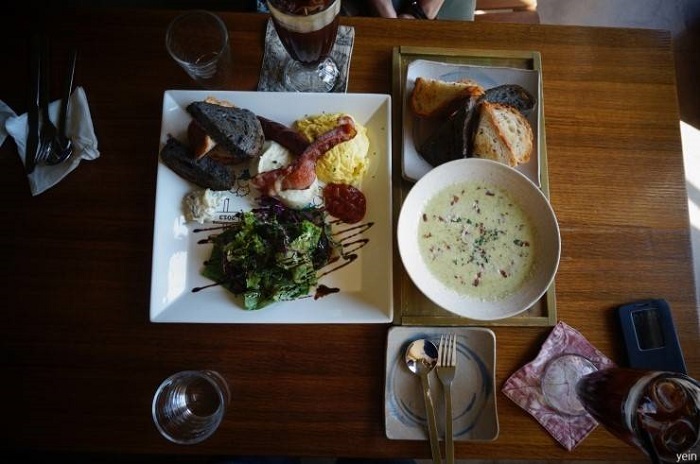
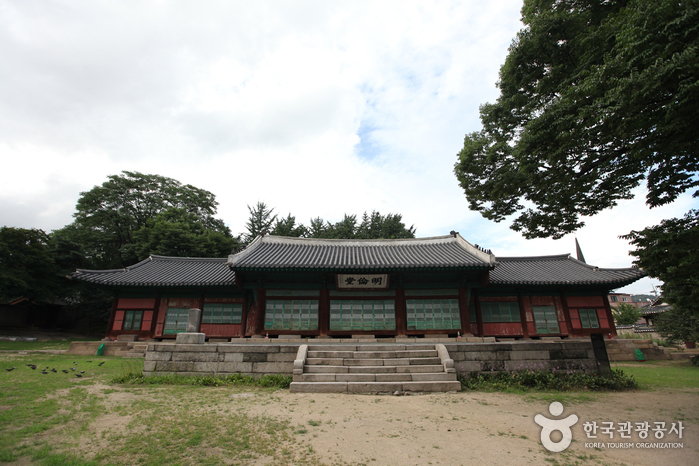
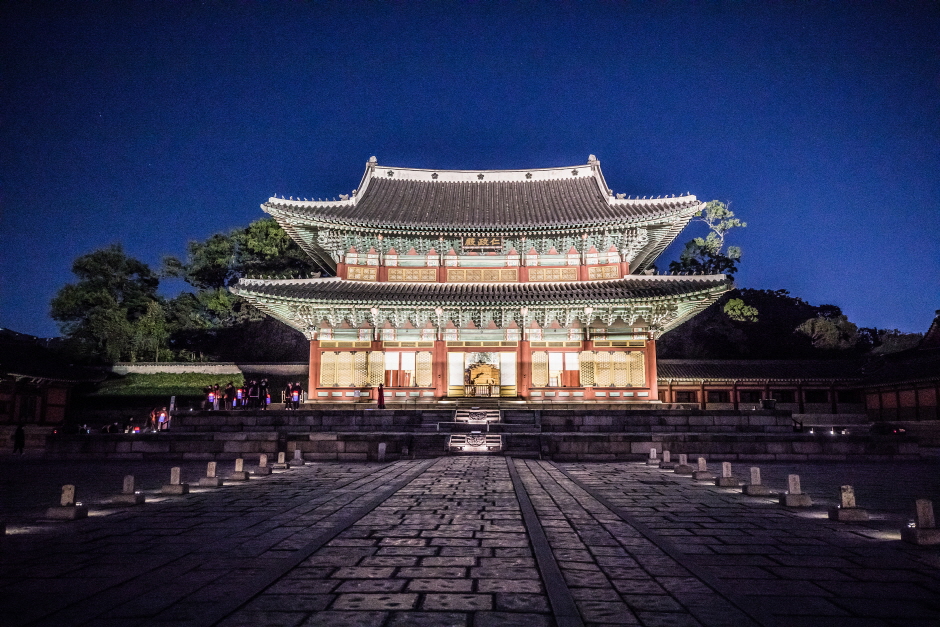
![NUHADANG [Korea Quality] / 누하당 [한국관광 품질인증]](http://tong.visitkorea.or.kr/cms/resource/58/2532358_image2_1.jpg)
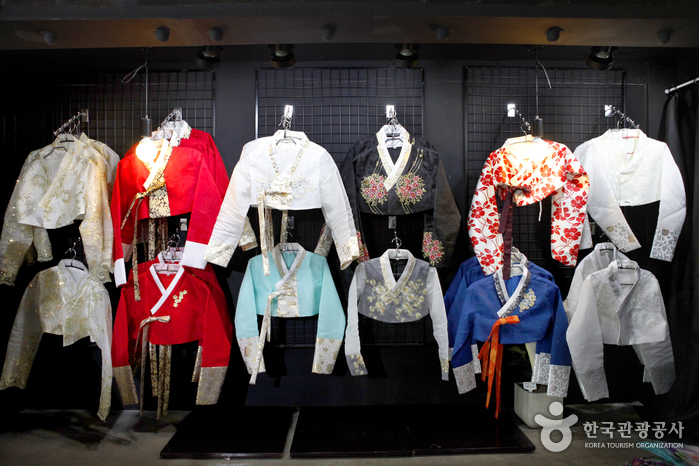
![PungGyeong [Korea Quality] / 풍경 [한국관광 품질인증]](http://tong.visitkorea.or.kr/cms/resource/80/2633780_image2_1.jpg)
![Hanok Guesthouse Dongchonchae [Korea Quality] / 한옥 게스트하우스 동촌재 [한국관광 품질인증/Korea Quality]](http://tong.visitkorea.or.kr/cms/resource/96/2705896_image2_1.jpg)
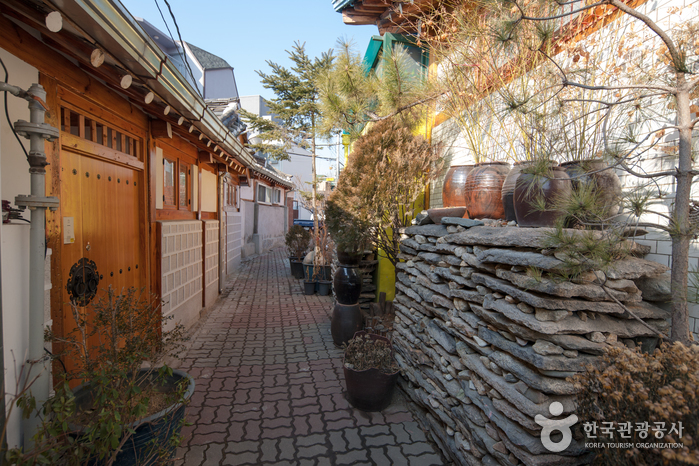
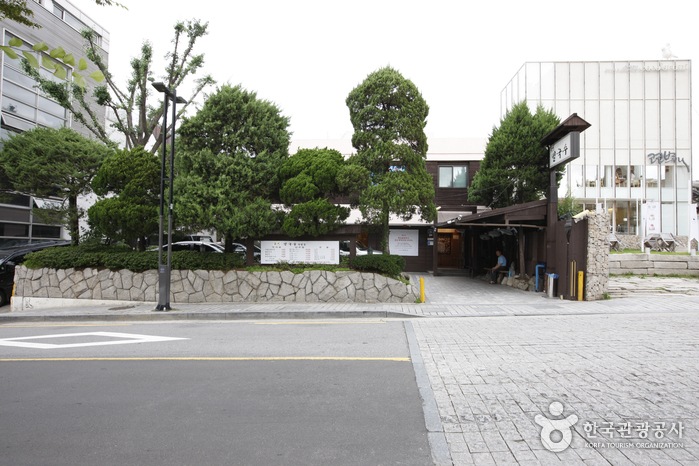
 Français
Français
 한국어
한국어 English
English 日本語
日本語 中文(简体)
中文(简体) Deutsch
Deutsch Español
Español Русский
Русский